Global 2% rise in CO2 'giant leap backwards for humankind'
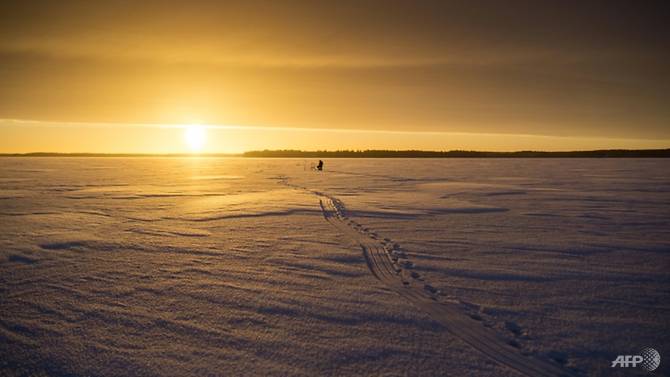 |
| Disappearing sea ice comes as the planet marks three years in a row of record-breaking heat, raising new concerns about the accelerating pace of global warming AFP/OLIVIER MORIN |
"This is very disappointing," said Corinne Le Quere, director of the Tyndall Centre for Climate Change Research at the University of East Anglia and lead author of a major study detailing the findings.
"With global CO2 emissions from human activities estimated at 41 billion tonnes for 2017, time is running out on our ability to keep warming below 2°C (3.6°F), let alone 1.5°C."
The 196-nation Paris Agreement, adopted in 2015, calls for capping global warming at 2°C below pre-industrial levels.
With the planet out of kilter after only one degree of warming - enough to amplify deadly heatwaves, droughts, and superstorms - the treaty also vows to explore the feasibility of holding the line at 1.5°C.
Earth is overheating due to the burning of oil, gas and especially coal to power the global economy. Deforestation also plays a critical role.
"The news that emissions are rising after a three-year hiatus is a giant leap backward for humankind," said Amy Luers, a climate policy advisor to Barack Obama and executive director of Future Earth, which co-sponsored the research.
This year's climate summit is presided by Fiji, one of dozens of small island nations whose very existence is threatened by rising seas engorged by warmer water and melt-off from ice sheets on Greenland and Antarctica.
Thousands of diplomats in Bonn are negotiating the "rulebook" for the Paris pact, which goes into effect in 2020.
To stay below the 2°C threshold, greenhouse gas emissions should peak and begin to curve downward by 2020, earlier research has shown.
Stalled CO2 emissions from 2014 through 2016 - due to better energy efficiency, a boom in renewables, and reduced coal use in China - raised expectations that the world had turned the corner.
Those hopes were premature.
"As each year ticks by, the chances of avoiding 2°C of warming continue to diminish," said co-author Glen Peters, research director at Center for International Climate Research in Oslo, Norway.
"Given that 2°C is extremely unlikely based on current progress, then 1.5°C is a distant dream," he told AFP.
The study fingered China as the single largest cause of resurgent fossil fuel emissions in 2017, with the country's coal, oil and natural gas use up three, five and 12 per cent, respectively.
EARTH OUTSIDE THE SAFE ZONE
China alone accounts for nearly 30 per cent of global carbon pollution.
Emissions from India - the world's fourth largest emitter after the United States and the European Union - are projected to grow by two percent, down from a 6.7-per cent increase the year before.
2017 CO2 emissions in the United States will drop by only 0.4 per cent, compared to 1.2 per cent annually over the previous decade.
For the first time in five years, US coal use is projected to rise.
The Paris Agreement rests on voluntary carbon-cutting pledges from virtually every country in the world.
But even if fulfilled, those promissory notes are not enough to keep Earth in the safe zone, and would still see global temperatures rise a devastating 3°C by century's end.
"Global commitments made in Paris to reduce emissions are still not being matched by actions," said Peters.
The bottom line, say experts, is that the global economy is not shifting quickly enough from fossil fuels to low- or zero-carbon energy.
Solar and wind energy have grown 14 per cent annually since 2012, but still only account for a tiny fraction - less than 4 per cent - of global energy consumption.
The transition from dirty to clean energy has been slowed by oil, gas and coal subsidies that topped US$320 million in 2015, according to the International Energy Agency.
Oceans and forests combined absorbed over half of the CO2 emissions from human activity, with the rest staying in the atmosphere, the study showed.
"We would expect that the carbon sinks will eventually weaken as temperatures continue to rise, but how much and how fast is an active area of research," said Peters.
The report contained a sliver of good news.
In 21 countries comprising a fifth of global carbon pollution, CO2 emissions are clearly on the decline despite economic growth.
All are in Europe except Jamaica and the United States.
What the stars mean:
★ Poor ★ ★ Promising ★★★ Good ★★★★ Very good ★★★★★ Exceptional
Latest News
More News
- Malaysia issues heatwave alert for 14 areas (April 15, 2024 | 09:12)
- China, Thailand forge alliance for moon exploration (April 15, 2024 | 08:00)
- Two Philippine navy pilots dead after helicopter crash (April 11, 2024 | 16:58)
- Singapore: E-commerce scams double in 2023 (April 11, 2024 | 16:55)
- Malaysia urges Meta, TikTok to curb harmful content (April 10, 2024 | 16:21)
- Renewable energy – leading solution to climate change mitigation in ASEAN (April 09, 2024 | 16:18)
- Philippines warns of scorching heat (April 09, 2024 | 16:13)
- Thailand cracks down on e-cigarettes at schools (April 08, 2024 | 17:10)
- Many Buddha figurines unearthed in Laos’ Xieng Khuang province (April 08, 2024 | 17:07)
- Marina Bay Sands announces expansion (April 08, 2024 | 16:28)



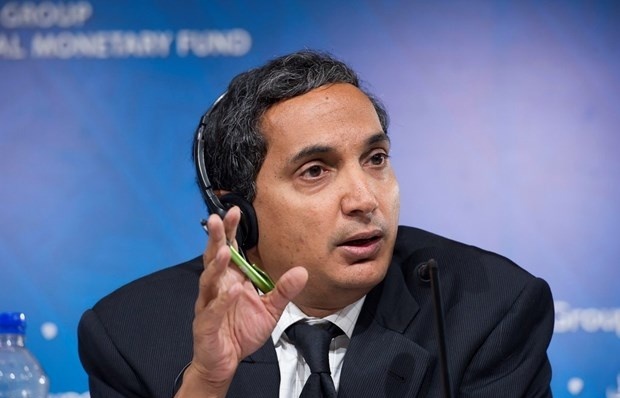
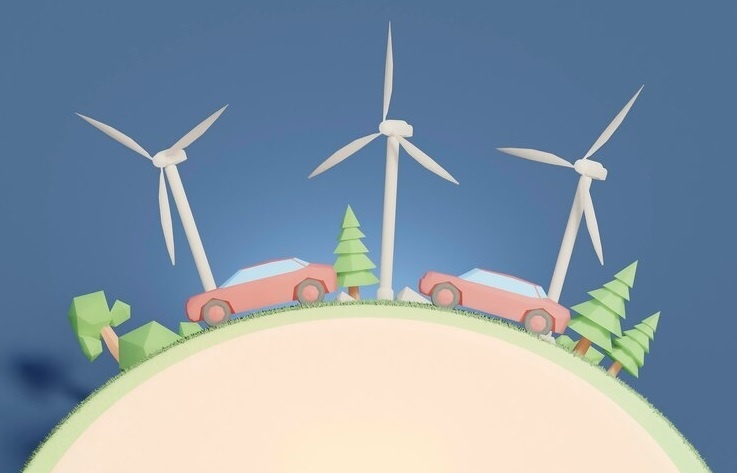
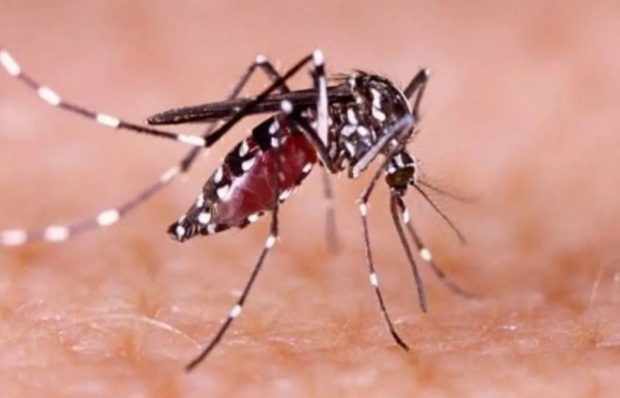

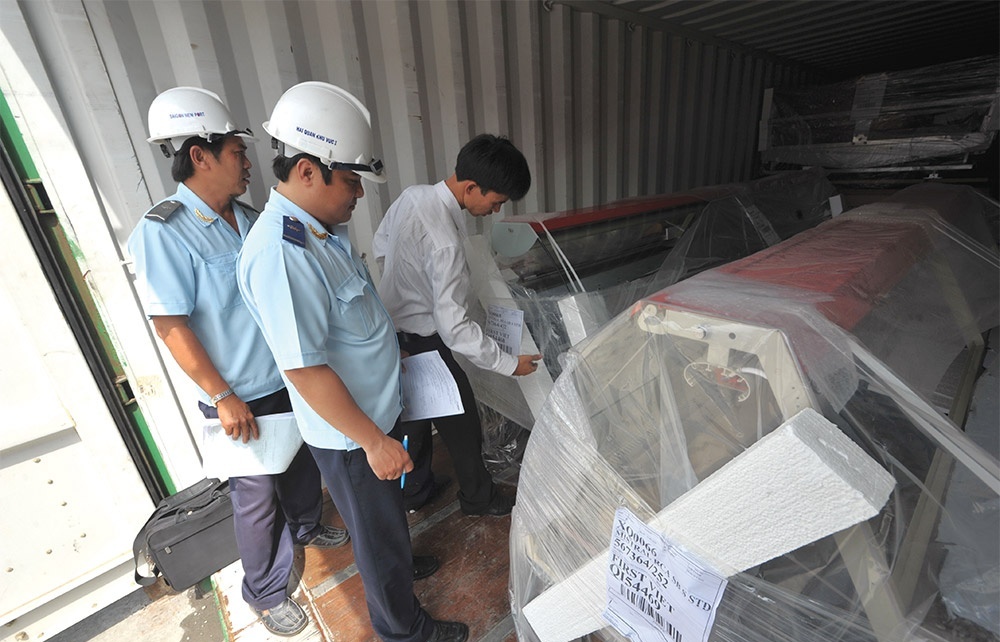










 Mobile Version
Mobile Version